| TOP TEN PETER WEIR MOVIES |
| #10 THE MOSQUITO COAST (1986) |
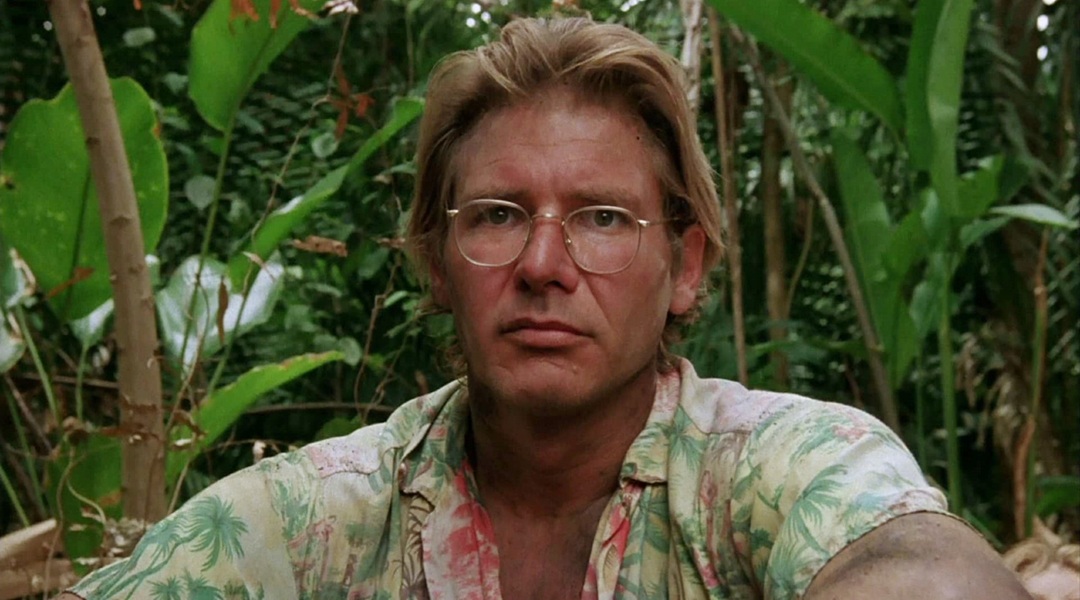 |
| Image Credit © Warner Media |
Peter Weir’s second movie with Harrison Ford proved to be a provocative beast of a film with beloved box-office star Ford turning in one of his best turns as Allie Fox, a brilliant yet stubborn inventor who rejects modern society and uproots his family into the jungles of Central America where Allie’s dream of establishing utopia brings with it danger and paranoia.
With a screenplay by Paul Schrader (who adapts Paul Theroux’s novel), The Mosquito Coast is a suitably dark and confrontational affair, Weir presenting his own take of a “heart of darkness” cautionary tale in which egotism and paranoia transforms a brilliant yet complex man into a tyrant.
Initial box-office and critical reception was poor, yet The Mosquito Coast has endured as a must-watch in the filmographies of Weir and Ford, respectively.
|
 |
| #9 GREEN CARD (1990) |
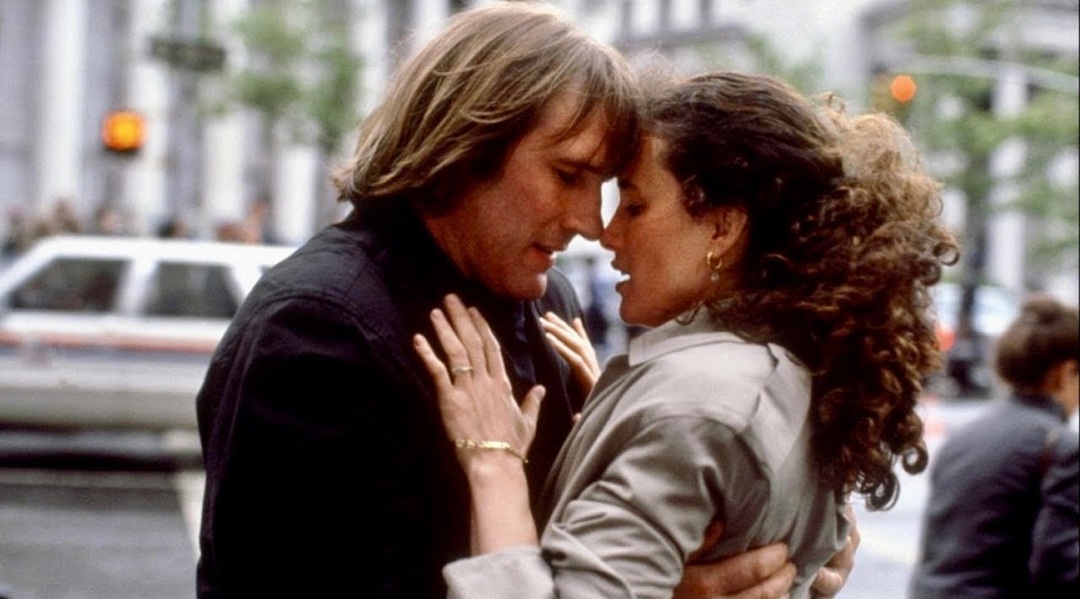 |
| Image Credit © Walt Disney |
Up to the release of Green Card the romantic comedy was not the forte of Weir, yet the Australian filmmaker successfully tickles funny bones and breaks hearts with the same impressive fervour. It helps that the leads of Green Card – French acting legend Gerard Depardieu and breathtaking Texan Andie McDowell – both deliver astounding performances and chemistry to boot.
McDowell stars as Bronte, a horticulturist who has found the dream apartment. The only catch is that the cantankerous apartment manager will only lease to married couples. Enter Georges (Depardieu), a budding composer whose visa is about to expire. Quickly a marriage of convenience is arranged between the two, only for the pair to fall in love. Weir’s handling of this love story between these mismatched souls, and the funny that comes from it, is brilliantly done.
|
 |
| #8 THE YEAR OF LIVING DANGEROUSLY (1982) |
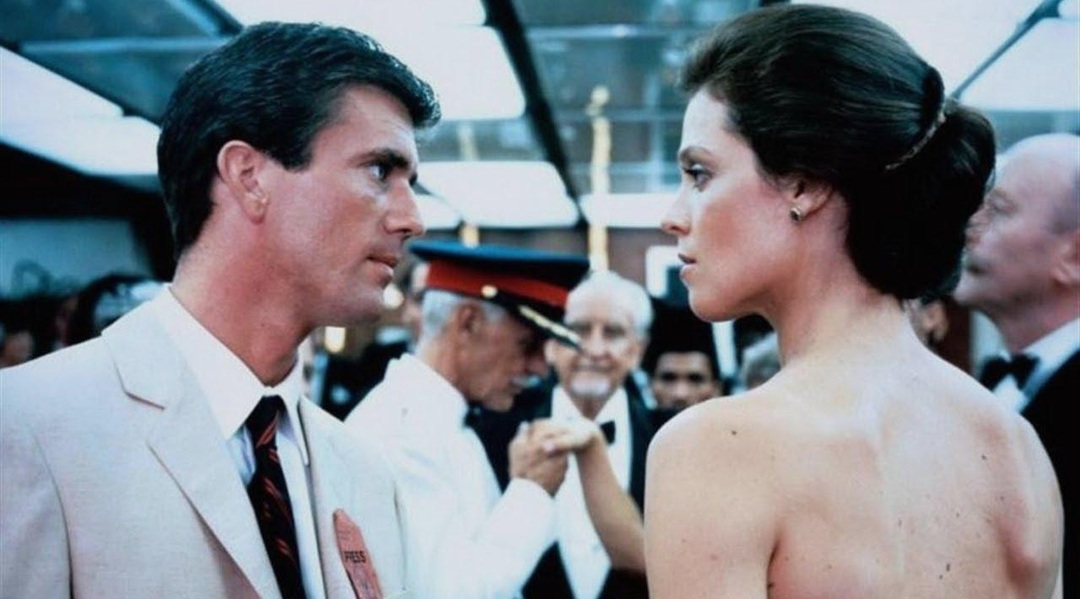 |
| Image Credit © Village Roadshow |
Following the groundbreaking Australian war film Gallipoli, Weir and actor Mel Gibson reunited for a war movie of a different kind in The Year of Living Dangerously. Set in 1965 Indonesia during the overthrow of the tyrannical President Sukarno, The Year of Living Dangerously stars Gibson as an Australian journalist who constantly straddles ethical boundaries in his pursuit for the truth. Sigourney Weaver co-stars as a military attaché who gets involved with Gibson’s journalist.
Filmed in the Philippines (the Indonesian government refused permission), Weir nevertheless brings a palpable sense of place to this humidity drenched tale of revolution and investigative journalism, with many tense scenes of political violence balanced with a scorching love story between its two leads. Memorable too is Linda Hunt’s award-winning, gender bending performance as male photojournalist Billy Kwan.
|
| #7 THE WAY BACK (2010) |
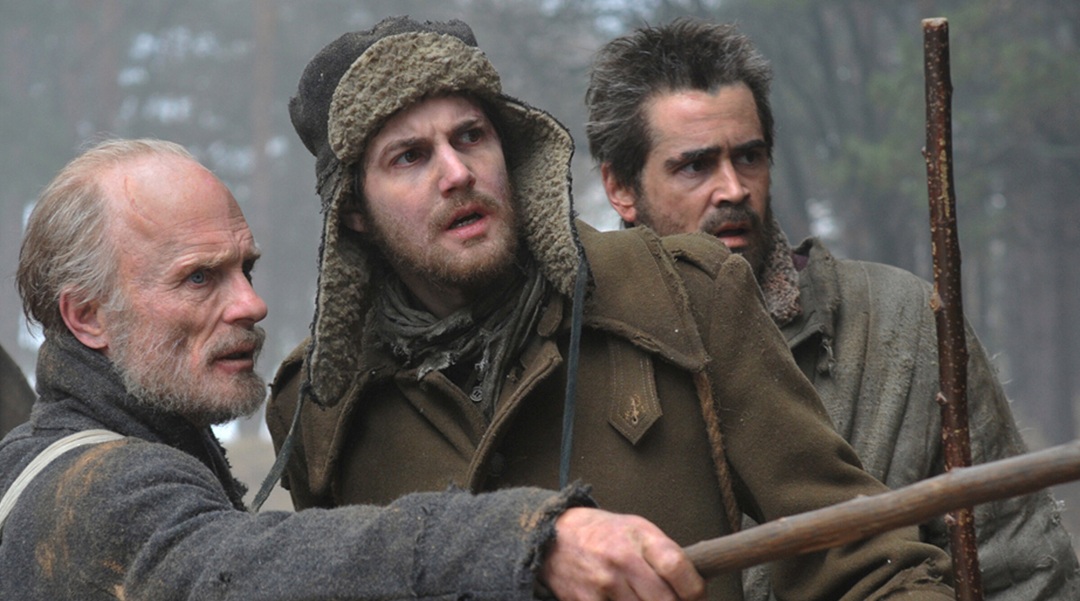 |
| Image Credit © Lionsgate |
An epic tale of faith and survival set during WWII, The Way Back marked Weir’s return to cinema nine years after Master and Commander, and (of writing) is the last feature film in his filmography.
Loosely based on the memoir “The Long Walk” by former prisoner-of-war Slawomir Rawicz, the WWII set The Way Back chronicles the daring escape of several POWs (Jim Sturgess, Ed Harris and Colin Farrell among them) from a Siberian gulag as they make their way across a harsh environment while trying to evade capture.
The harsh conditions that these men had to endure is palpable, with Weir’s deft skill at depicting environment in all its brutal majesty and inherent danger felt throughout the film. If The Way Back is indeed Weir’s last film, it is a fine way to end a remarkable career.
|
 |
| #6 WITNESS (1985) |
 |
| Image Credit © Paramount Pictures |
Weir’s Hollywood debut works on multiple levels: suspenseful cop thriller; passionate love story; and a thought-provoking commentary on the clash of secular and ultra-religious views.
Witness stars Harrison Ford in one of his best performances as John Book, a Philadelphia police detective who is tasked to protect widowed Amish woman Rachel (Kelly McGillis) and her son Samuel (Lukas Haas) after they witness a brutal murder involving corrupt police officers.
Mostly set in Pennsylvania Amish country, Witness provides an intriguing and fascinating portrayal of an elusive and resourceful people who thrive on the principles of their faith and the strength of their community. Ford compliments with a captivating, character driven lead performance as the “English Man” who softens his hard shell, especially to Kelly McGillis’ lovelorn widow who is also excellent.
|
 |
| #5 GALLIPOLI (1980) |
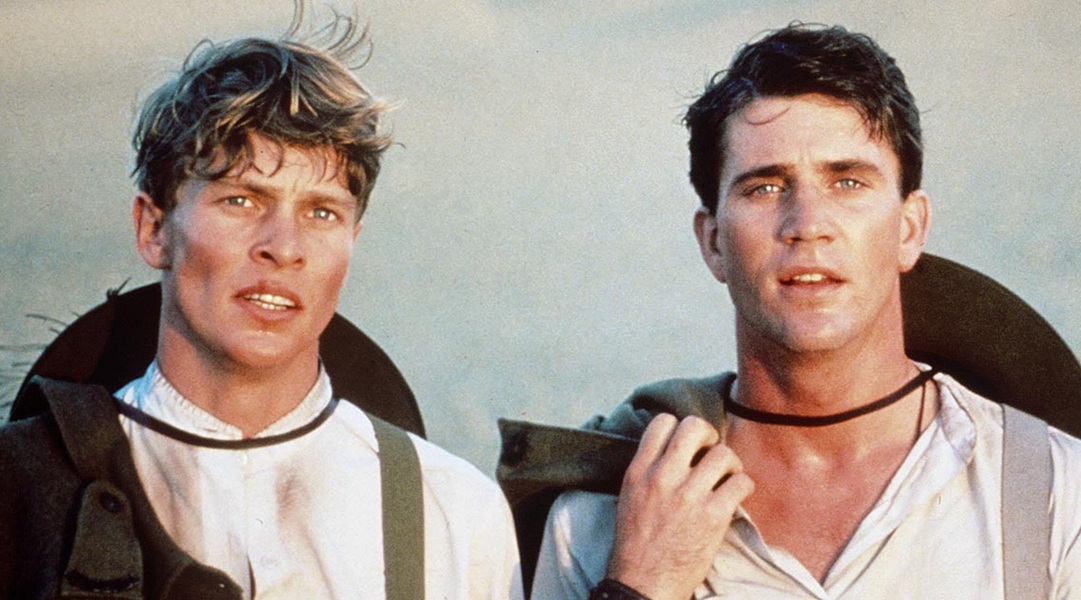 |
| Image Credit © Village Roadshow |
The quintessential Australian war movie, Gallipoli has stood the test of time as an anti-war movie in which the themes mateship, bravery, and the horror of war haunt viewers long after its tragic conclusion.
Set in 1915 Western Australia, Gallipoli stars Mel Gibson and Mark Lee as rival athletes who form a strong bond whilst travelling to Perth to join the Australian Army in the battle against Turkish forces in Gallipoli.
Weir along with acclaimed Australian writer David Williamson (The Odd Angry Shot) do a great job creating depth filled characters, which Lee and especially Gibson bring to life with convincing skill. It all leads to memorably tragic conclusion that haunts the soul of all those who watched.
|
| #4 MASTER & COMMANDER: FAR SIDE OF THE WORLD (2003) |
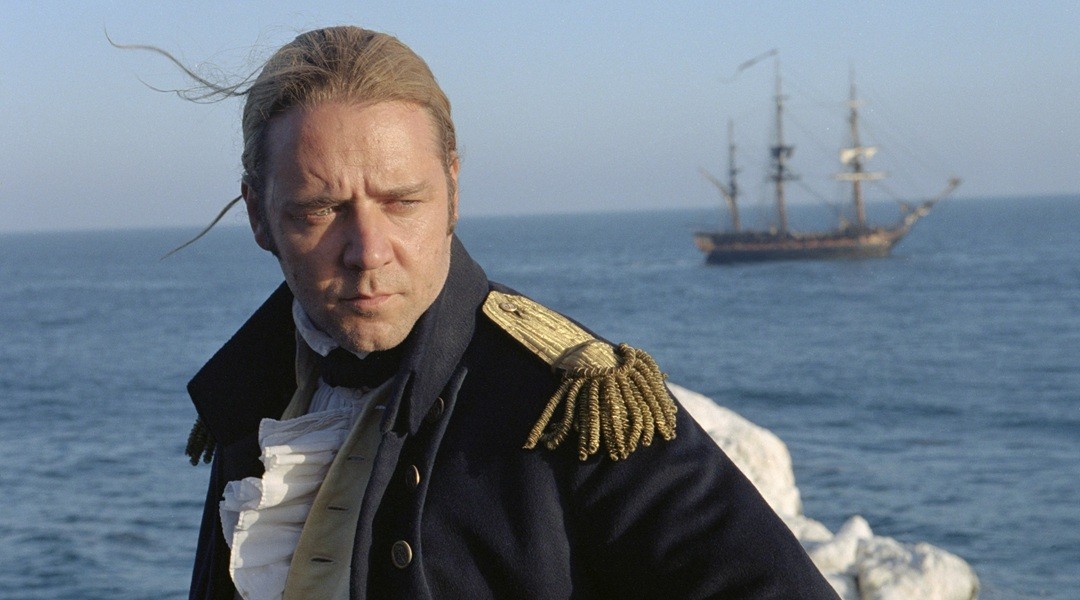 |
| Image Credit © 20th Century Media |
The first and (so far) only film adaptation of the acclaimed Patrick O’Brien penned Master & Commander novel series, Master & Commander: The Far Side of the World is a rip-roaring adventure on the high seas about the men who command and serve on a duelling man-of-war.
Set during the Napoleonic Wars of the early 1800s, a then-in-demand Russell Crowe stars in Master & Commander as “Lucky” Jack Aubrey, the captain of the HMS Surprise who is ordered by his superiors in the British Navy to intercept the French Privateer Acheron before it reaches the Pacific.
Rich in detail and faultless in presentation, Master & Commander: Far Side of the World also features Weir’s first foray as an action filmmaker, with a brilliant opening sequence (in which the HMS Surprise is ambushed by the Acheron) showcasing the directors ability to deliver the sound and fury of an action spectacle without sacrificing the character driven dynamics between Crowe and co-star Paul Bettany.
|
 |
| #3 DEAD POETS SOCIETY (1989) |
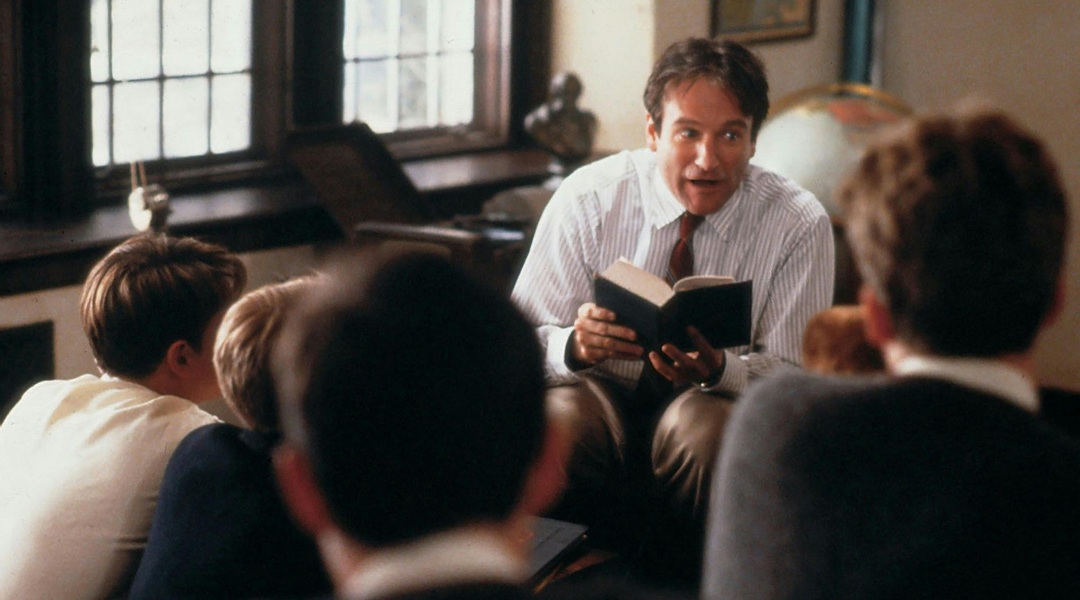 |
| Image Credit © Walt Disney |
Weir’s films often tackle themes of systematic conformity and the plight of the free thinker, and it would be Dead Poets Society that utilises these themes in an inspirational and heartbreaking drama that is as quotable as it is profound.
Set in 1959, Dead Poets Society tells the story of how a group of junior students at the prestigious and rigid Welton Academy learned to embrace their individuality thanks to English professor Mr. Keating (Robin Williams) whose unorthodox teaching methods allow the boys to embrace the idea of freedom beyond the restrictive walls of the institution they call home.
Weir continued to conjure fantastic performances from unlikely actors, with Robin Williams delivering one of his best turns in Dead Poets Society as a charismatic teacher whose urges his students to “seize the day!”. If the films’ final scenes don’t light a fire in your soul, then it is highly questionable if you had one to begin with.
|
 |
| #2 THE TRUMAN SHOW (1998) |
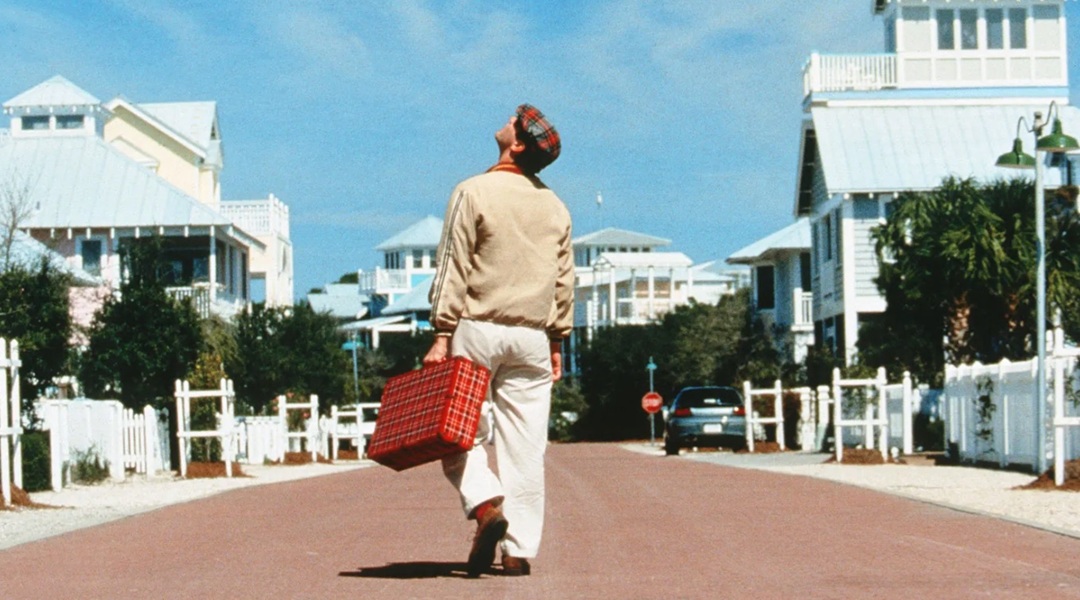 |
| Image Credit © Paramount Pictures |
Starring a brilliant Jim Carrey in his first dramatic role, The Truman Show is a funny, heartfelt, and engrossing take on celebrity culture and the voyeuristic tendences of an unsatiable public that has proven to be prophetic in its ideas.
Carrey stars as Truman Burbank, a 30-year-old insurance salesman and husband to Meryl (Laura Linney), who is oblivious to the fact that his whole life has been on show for the adoring masses glued to their TV screens 24/7. Truman’s whole existence is run by the aptly named Christof (an excellent Ed Harris), a TV producer with a God complex. Yet despite the perfection that surrounds him, Truman wants out.
Masterfully crafted by Weir (who returned to filmmaking after a five-year absence), The Truman Show is a sharp, funny, and poignant comedic drama that also asks many strong theological questions, namely: How can free will exist in a controlled environment?
|
| #1 PICNIC AT HANGING ROCK (1975) |
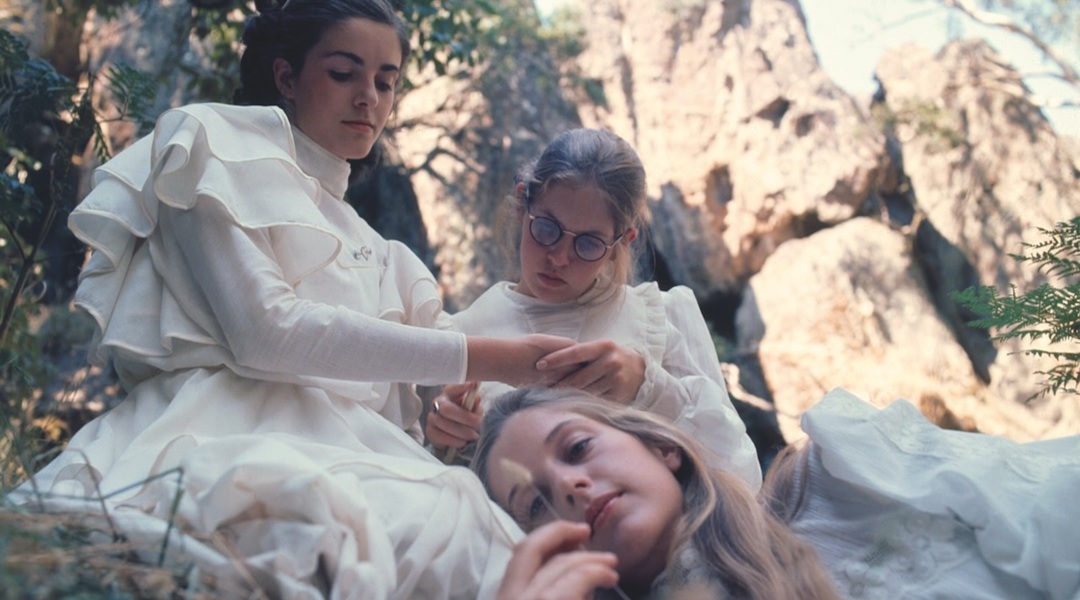 |
| Image Credit © Umbrella Entertainment |
An engrossing and haunting experience that successfully melds superbly crafted period drama with an unsettling outback mystery, Picnic at Hanging Rock was the film that introduced Peter Weir to the world stage and ushered in the Australian New Wave of cinema.
Adapted from the classic Australian novel by Joan Lindsay, Picnic at Hanging Rock is a disturbing mystery about the (fictional) disappearance of three students and one teacher from a prestigious all girl college, who vanished into thin air while on a field trip at Hanging Rock, Victoria, on Valentine’s Day, 1900.
The tranquil and mysterious scenery of Picnic at Hanging Rock brings forth an ambience that is quite startling, and Weir’s strong ability in establishing mood creates a sense of dread that is palpable. This is heightened by Russell Boyd’s illuminating photography and the successful combination of Bruce Smeaton’s gothic compositions and Gheorghe Zamfir’s pan flute melodies to create a striking score.
An extremely creepy mystery thriller, Picnic at Hanging Rock remains a moody, enigmatic masterpiece of Australian cinema.
|
|
 |
|
|
 |
|
|
TOP TEN
FAITH MOVIES OF 2024 |
|
TOP TEN
AUSTRALIAN MOVIES OF 2024 |
|
TOP TEN
HORROR MOVIES OF 2024 |
|
Created and Edited by Matthew Pejkovic / Contact: mattsm@mattsmoviereviews.net
Logo
created by Colony Graphic Design / Copyright © Matthew Pejkovic |
|
|
|
|
|